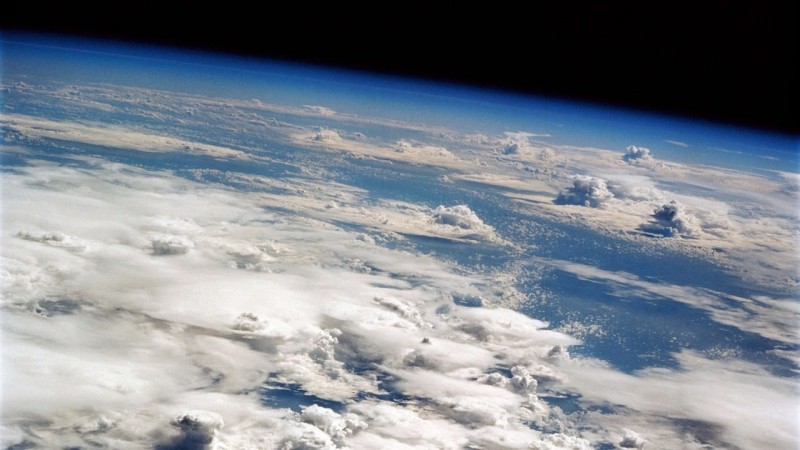
The Ozone layer, often referred to as Earth's protective shield, has long been a topic of concern. Here, we delve into its current state and what the future holds.
Before diving into the present scenario, let's briefly understand what the ozone layer is. The ozone layer is a region of the Earth's stratosphere that contains a relatively high concentration of ozone (O3) molecules. It plays a crucial role in protecting life on Earth by absorbing the majority of the sun's harmful ultraviolet (UV) radiation.
For several decades, scientists have been monitoring the infamous "ozone hole" that forms over Antarctica during the Southern Hemisphere's spring. This hole was primarily a result of human-made chemicals known as ozone-depleting substances (ODS), like chlorofluorocarbons (CFCs).
As of the latest data, the ozone hole over Antarctica still exists and covers an area exceeding 6 million square miles. This size fluctuates throughout the year due to various atmospheric factors. The extent of the hole is a significant concern because it allows more harmful UV radiation to reach the Earth's surface.
In 2022, the eruption of the Tonga volcano raised questions about its potential influence on the ozone hole. While volcanic eruptions release various gases into the atmosphere, it's important to note that their effects on the ozone layer are typically short-lived and localized.
Despite the ongoing presence of the ozone hole, there is reason for optimism. The United Nations (UN) and the scientific community have been working diligently to address the issue of ozone depletion.
In recent years, the UN has announced that the ozone layer is showing signs of recovery. Their optimistic assessment suggests that the ozone layer is on track to fully recover within four decades. This is a testament to international efforts to phase out the production and use of ozone-depleting substances.
For those interested in tracking the current status of the ozone hole, various organizations and agencies provide real-time data and updates on its size and conditions. Staying informed about its fluctuations is essential to understanding the ongoing efforts to protect our planet.
In summary, the ozone hole over Antarctica still exists, covering a vast area. However, there is hope on the horizon, as international efforts to reduce ozone-depleting substances are making progress. Monitoring the ozone hole's status is crucial as we work toward preserving the ozone layer for future generations.
Gujarat's leading names Annu Patel and Naiya Patel launches Annaya's on Friendship Day